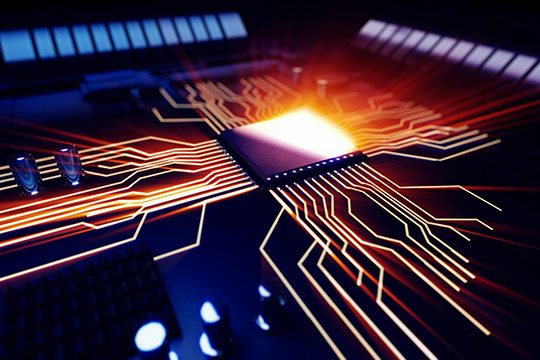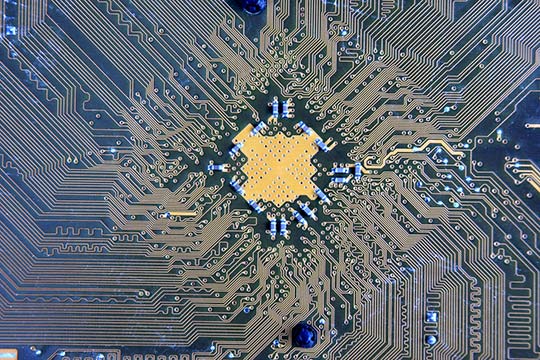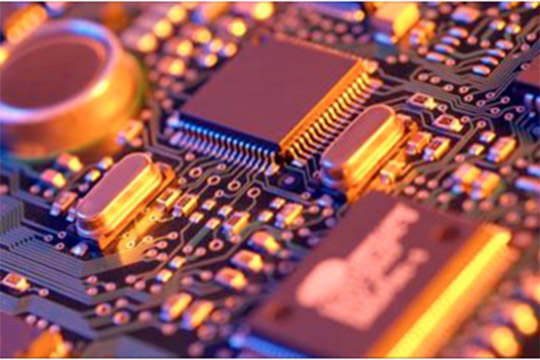TECHNOLOGY FOCUS
Digital imaging technology has today become ubiquitous. Digital cameras are finding uses in an ever increasing number of products, in everything from endoscopy equipment to consumer cameras and cars. Thus, a growing number of engineers are becoming exposed to camera systems in one way or the other. Even though many new applications of cameras are aimed at machine vision applications, there is still a wide and growing range of uses for cameras delivering images for human vision. Therefore, the need for image quality metrics delivering perceptually correlated results is continuously expanding. Furthermore, a systematic and reproducible as well as accurate methodology must be developed in order to guarantee usable results. An important part of this is the standardization of image quality assessment methods.
One can often hear that it is not possible to make an assessment of image quality because of its subjective nature. The aim of this course is to show that the opposite is true, and to provide methods to perform this assessment. To obtain the most accurate determination of image quality, a statistical treatment of results from subjective experiments is in principle necessary. Such methodologies are well-established and in use at many different locations. The drawback of this methodology is that it is time and resource consuming and therefore expensive. In contrast, objective measurements of image quality can be fast, automated and highly reproducible. The drawback is that many times they give results that do not reflect the actual perception of image quality. In this course, objective methods that do provide good correlation with subjective experiments will be presented and ways to design custom methods that correlate with subjective results will be shown. Additionally, most of the objective methods discussed may be used in applications where humans are not intended to observe the images, i.e., machine vision


COURSE CONTENT
WHO SHOULD ATTEND

Day 1
1. Image Content and Image Quality
- a. Image Quality Definition and Attributes
- b. What is image quality?
- c. Image quality attributes
- d. Subjective and objective image quality assessment
2. Subjective Image Quality Assessment
- a. Psychophysics
- b. Measurement scales
- c. Methods
- d. Paired comparison, Thurstone scaling
- e. Category scaling, MOS
- f. Image quality ruler
- g. Video quality assessment
- h. Video quality ruler
3. The Camera
- a. Principle of camera
- b. Optics: impact on image quality attributes
- c. Image sensor: CMOS vs CCD, spectral sensitivity, noise sources, matching with optics, system level considerations, sensor characterization, etc: impact on image quality attributes
- d. Image processing: Impact on image quality attributes
- e. Video processing
Day 2
4. Objective Image Quality Metrics
- a. Exposure
- b. Color
- c. Distortion
- d. Stray light
- e. Sharpness and resolution
- f. Texture
- g. Noise
- h. Color Fringing
- i. Video Quality
5. Subjective correlation of objective measurement results
6. Measurement Protocols: lab design
7. Camera Benchmarking Process
8. Summary and Conclusions

